Turn Your Students Into Mad Scientists
Science projects are the perfect way to promote inquiry-based thinking, teach critical Common Core State Standards (CCSS) and motivate the most reluctant learners. Science projects allow students to: participate in shared research and writing projects; gather information from provided sources to answer questions; participate in collaborative conversations; and describe the connection between a series of scientific ideas or concepts.
Follow these 5 easy steps and turn your students into mad scientists:
- Select an engaging project that aligns with CCSS. My second grade class loves insects and they are required to study life cycles. So I created a life cycle of a painted lady butterfly unit for them.Older students can choose their projects to increase engagement and ownership.
- Set up a science center in the classroom. I created a large bulletin board complete with science project question, hypotheses graph, calendar to track observations and a vocabulary graphic organizer. I also selected a wide variety of nonfiction text (correlated to my students’ current reading levels) to use during reading group and read-aloud time. During observations, students go to a small circular table to observe the caterpillars and record results in their science journals. Magnifying glasses, rulers, pencils and crayons are available at this table to assist with journaling.
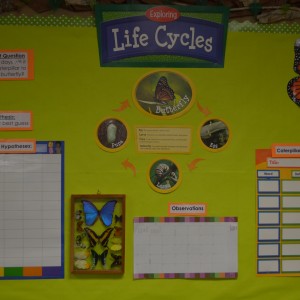
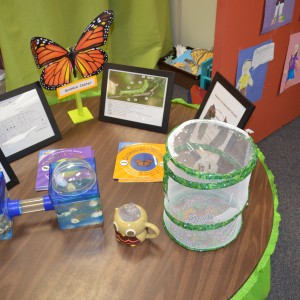
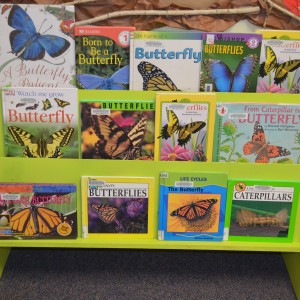
- Encourage dramatic role play. Scientists wear lab coats while working, why shouldn’t the students? I borrowed 5 white dress shirts from my dad, the perfect sized “lab coat” for my second grade students, rolled the sleeves and hung up at the science center. While students work at this center, they are allowed to wear the “lab coats” and they absolutely love it. They really focus on their work and are very precise and detailed with daily journal entries. I take pictures and use them for the interactive bulletin board (see below) and put one copy on the inside of the each student’s journal.
- Create an interactive bulletin board. My students had several questions about caterpillars and butterflies and were eager to learn the answers. I used these questions to make a scientific bulletin board. First I made magnifying glasses using brown construction paper handles, green paper plates (from Target) and a white construction paper magnifying glass lens. We brainstormed and recorded a list of questions together and then I partnered students to record and answer questions. One student wrote the question on the handle of the magnifying glass, the other wrote the answer on the white magnifying lens and glued inside the green plate. I added their pictures on top and displayed on a prominent bulletin board.
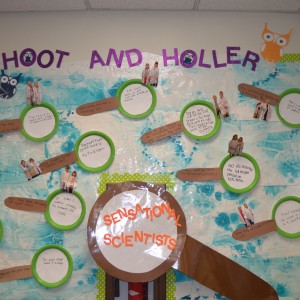
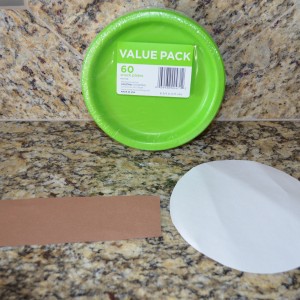
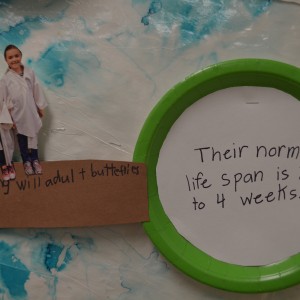 Hold a science fair. When the experiment is over, students can make personalized invitations for families (and possibly other classes) to come learn about the scientific findings. During the science fair, students can share journals and science report as well as show specimens and other related projects. I always put out refreshments (cookies and juice) to create an inviting atmosphere.
Hold a science fair. When the experiment is over, students can make personalized invitations for families (and possibly other classes) to come learn about the scientific findings. During the science fair, students can share journals and science report as well as show specimens and other related projects. I always put out refreshments (cookies and juice) to create an inviting atmosphere.
Download our CCSS science journal to start your new unit!

